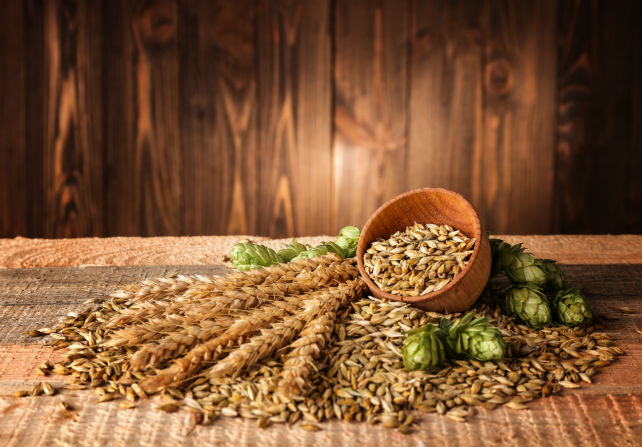To brew a great beer, great fermentation is required. This is the part of the brewing process where all the hard work, planning, recipes, ingredients and procedures come together. Fermentation starts with pitching the yeast into cooled wort. After that, the yeast starts doing its work, eating sugars and creating alcohol and carbon dioxide as byproducts.
KEEP IT COOL
For the yeast to perform its duties, creating the right environment is crucial. Creating a right environment involves many things, among which temperature control is of utmost importance. Once the yeast start feasting on the sugar-rich wort, high temperature is released. Fermentation tanks have to be kept cool and at the right temperature for the yeast to perform well. The fermentation temperature affects beer flavor, especially if it is too high.
![]()
THE IMPORTANCE OF TEMPERATURE CONTROL
Lager yeast loves to go to work at lower temperatures (4-10°C), while ale yeast are a bit less demanding as they perform best in the higher temperature range (15-21°C). Lager beer in general is said to be more demanding to brew and fermentation is one of the key reasons. Because of lower temperatures, the yeast metabolism is slower and it takes more time to finish the process. If temperature control is not good enough or the fermentation time is cut short, beer will develop unpleasant off-flavors.
THE THREE FERMENTATION PHASES
Lager fermentation roughly consists of three phases: primary fermentation (the one where the majority of alcohol and carbon dioxide is created), maturation and lagering (haze forming components drop out and flavors are becoming more mellow). Each of these phases has to be carefully monitored. Despite being more demanding to brew, lager beer reward both the drinker and the brewer with their wonderful clean and crisp flavor. This is possible thanks to the use of top ingredients, constant quality control and great fermentation.


